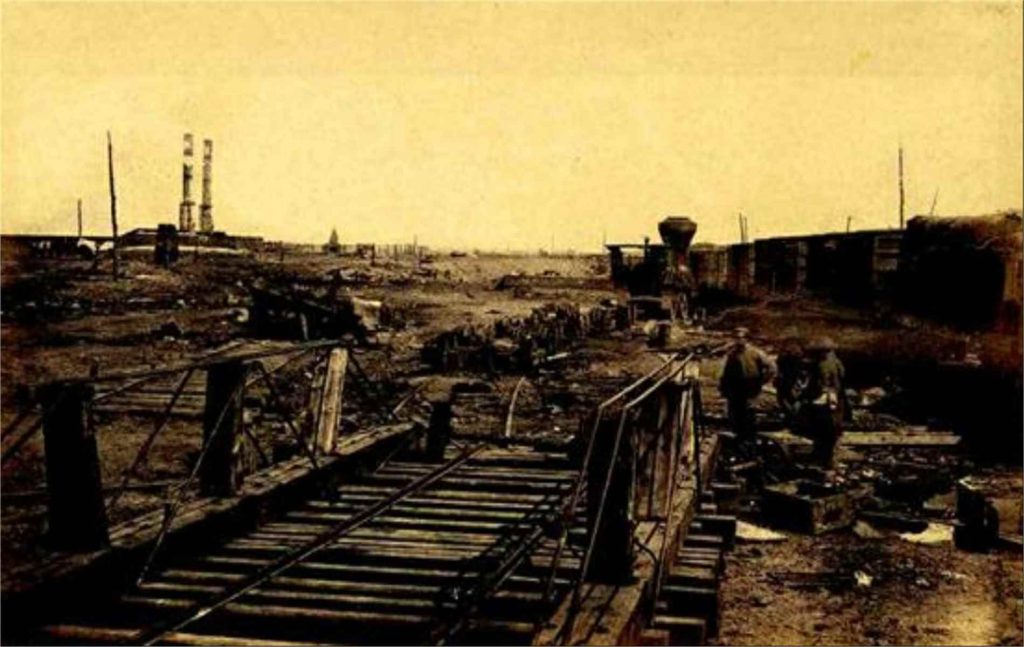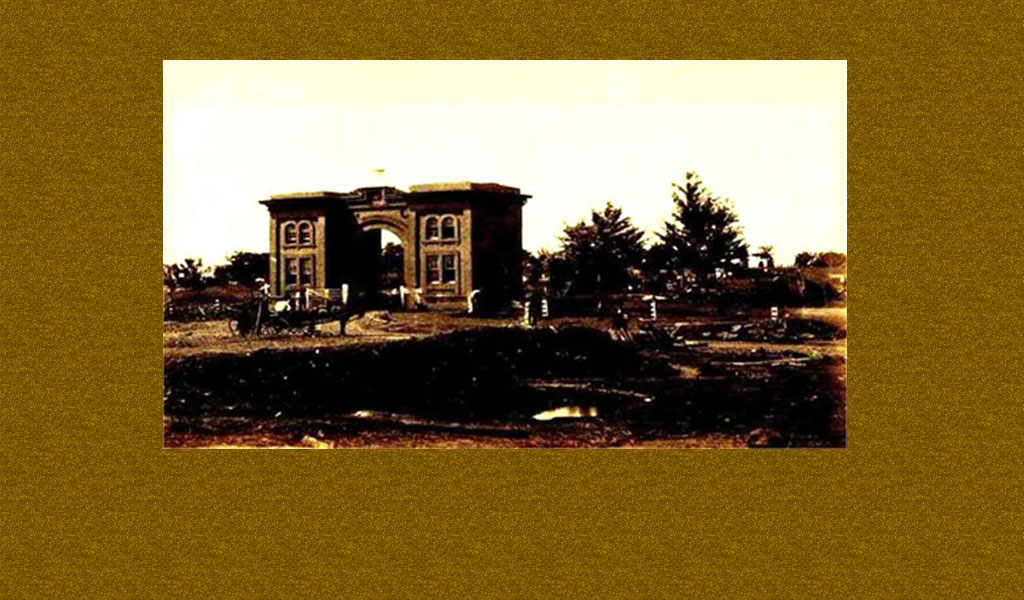Texas Politics in the 1850s

History shows that Texas politics in the 1850s were, much as they are today a contact sport. Many of today’s Texas politics and politicians often seem like they still are set in 200 years ago. In fact, when you review some of the laws that are being passed today, you’d think that you had somehow traveled back in time to the 1850s. It does appear there are currently segments of the political world that are trying to roll back civil rights. Racial animosity is at an all-time high. There is little tolerance for those who don’t think like the party in power wants you to think. Texas politics today are almost as messy as they were in 1850.
What was Texas and America like in 1850? What were Texas Politics in the 1850s like? It was much like the nation itself. The nation was mired in controversy, especially when it came to the issue of slavery. Texas itself, after lowering the flag of the Republic in 1846 struggled to find its footing and its place in the world.
After the war with Mexico in 1848 the state government was determined to make the Rio Grande river, especially the far western part, the state’s boundary. This meant that most of Eastern New Mexico, including an area that reached all the way to Santa Fe would become a part of Texas. In 1848 the state legislature actually declared that part of Eastern New Mexico be named Santa Fe County. The current Texas governor, George T. Wood, sent Spruce Baird to set up a county government. Well, the proud people of Santa Fe, refused to accept the Texans. With the help of federal troops, Baird, and the other Texans with him were forced to depart. In July of 1849, the Texans left the region.
Meanwhile, in Washington D.C. a major controversy was brewing between legislators from the North and those from the South. Of course, this was over the issue of slavery. The question was would slavery be allowed in the newly acquired territories that had been won from Mexico at the end of the Mexican-American War, in the Treaty of Guadalupe Hidalgo. This issue of slavery drew Texas into the dispute on the side of the South. A large majority of the early Anglo settlers of Texas were mostly southerners, and their allegiance was to the south and to the slave owners.

Why does this matter? When President Zachary Taylor, took office in March of 1849, he wanted to add the new territories of California and New Mexico by bringing them in directly as states. That way the nation could quickly grow and become more powerful. That sounds like an easy thing to do, but it really wasn’t. Most people knew that both California and New Mexico were most likely going to prohibit slavery. They had been settled by the Spanish and both Mexico and Spain had outlawed slavery. The Anglos who lived in those state weren’t dependent upon slave labor.
This set off alarms in the South, Texas, and the Anglo Texans. It also angered Texans because it effectively stopped Texas from ever claiming Santa Fe and Eastern New Mexico. Ultimately the most important reason to the southern states, it would effectively stop the expansion of slavery at Texas.
Diehard southern slave holders vowed they would break up the union before they accepted President Taylor’s proposals. They urged Texas to stand strong and demand the boundaries they wanted. The Mississippi state legislature actually called for a convention to take place in Nashville in 1850; whose purpose was “to devise and adopt some means of resistance” to what they labeled as Northern aggression.
Needless to say, this was warmly greeted by the enthusiastic Southern spokesmen in Texas, and they took up the argument. They demanded that the state send delegates to Nashville to prove that Texas would not meekly submit to the union. As my mother used to say, the squeaky wheel gets the grease and in 1849 the Texas Legislature gave in to the pressure and passed an act that created new boundaries.
Once again, they proposed to create Santa Fe County and this time they sent Robert Neighbors to organize the government. Since this was a very active legislative group, they also declared that there would be an election in March of 1850 to send 8 delegates to the Nashville convention. The stated purpose was so that they might provide “consultation and mutual action on the subject of slavery and Southern Rights.”
Neighbors, as Baird before him, discovered the residents of Santa Fe had no desire to be a part of Texas. The Texas government wasn’t about to take no for an answer and was ready to become aggressive and solve the matter by force. However, calmer heads prevailed, and discussions were held in Washington that resulted in the creation of a compromise.
Maryland Senator James A. Pearce proposed that the Texas – New Mexico boundary be a line that was drawn on the Eastern side from the Rio Grande along the 32d parallel to the 103d meridian, then north to 36°30′, and finally east again to the 100th meridian. This created the outline of Texas that you see today.
Texas didn’t suffer from this and in fact, you could say the state profited nicely because in return for giving up its claims on New Mexico territory Texas received $10 million in United States bonds. Half of the funds received were to be held to help pay off the state’s public debt. Needless to say, some Texans bitterly opposed what they labeled the “Infamous Texas Bribery Bill.” However, those who held the most extreme views were slowly being outvoted by more moderate citizens not only in Texas but also across the entire South.
One result of the crisis was that Texas hero Sam Houston was moved to get involved. He poked fun at the idea of the Nashville Convention and an election to select delegates. Of those elected only former governor J. Pinckney Henderson actually attended the meeting in Tennessee.
On a side note, it was during this same election that Austin was chosen to be the permanent state capital. Even the Nashville Convention, the original diehards against Texas giving up its claim eventually adopted a much more moderate stance. During the elections of November 1850 Texans voted by a two-to-one margin to accept the Pearce Bill.
At the time of this initial crisis in 1850, there was still a strong sentiment in favor of the Union. But the majority of the Anglo citizens identified with the Old South. This loyalty would be tested in the upcoming years, and at this time a letter from Charles C. Mills of Harrison County to Governor Peter Bell summarized this situation and the thinking of some, about why compromise was necessary. He was also very aware of how, even with a compromise, the situations and feelings were still tense and dangerous, when he wrote “Texas having so recently come into the Union, should not be foremost to dissolve it, but I trust she will not waver, when the crisis shall come.”
He was very much on target about a future crisis. The upcoming national compromise of 1850 would lay the groundwork for the future troubles, and Texas would play a role in then too.
If you want more information on Texas History, visit the website of the Texas State Historical Association. I also have five audiobooks on the Hidden History of Texas
The Spanish Bump Into Texas 1530s to 1820s
Here Come The Anglos 1820s to 1830s
Years of Revolution 1830 to 1836
A Failing Republic Becomes a State 1836-1850
Extreme Weather Events in Texas History
You can find the books almost everywhere. Just do a search for the Hidden History of Texas by Hank Wilson and they’ll pop right up. If you like audiobooks, visit my publisher’s website there’s an incredible selection of audiobooks there. In addition to mine you’ll find the classics, horror, science fiction, mental-health, and much more. Check it out visit https://ashbynavis.com
